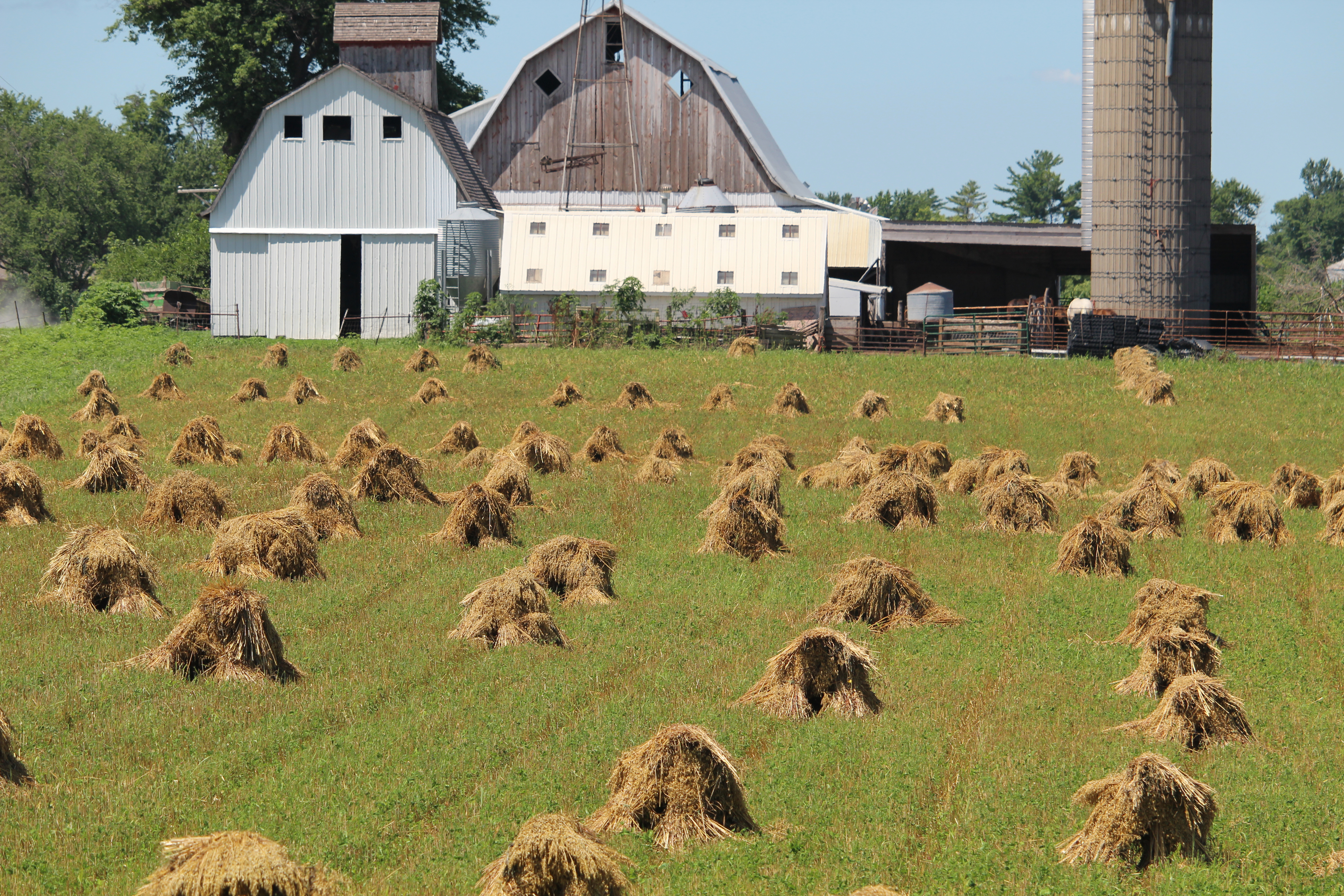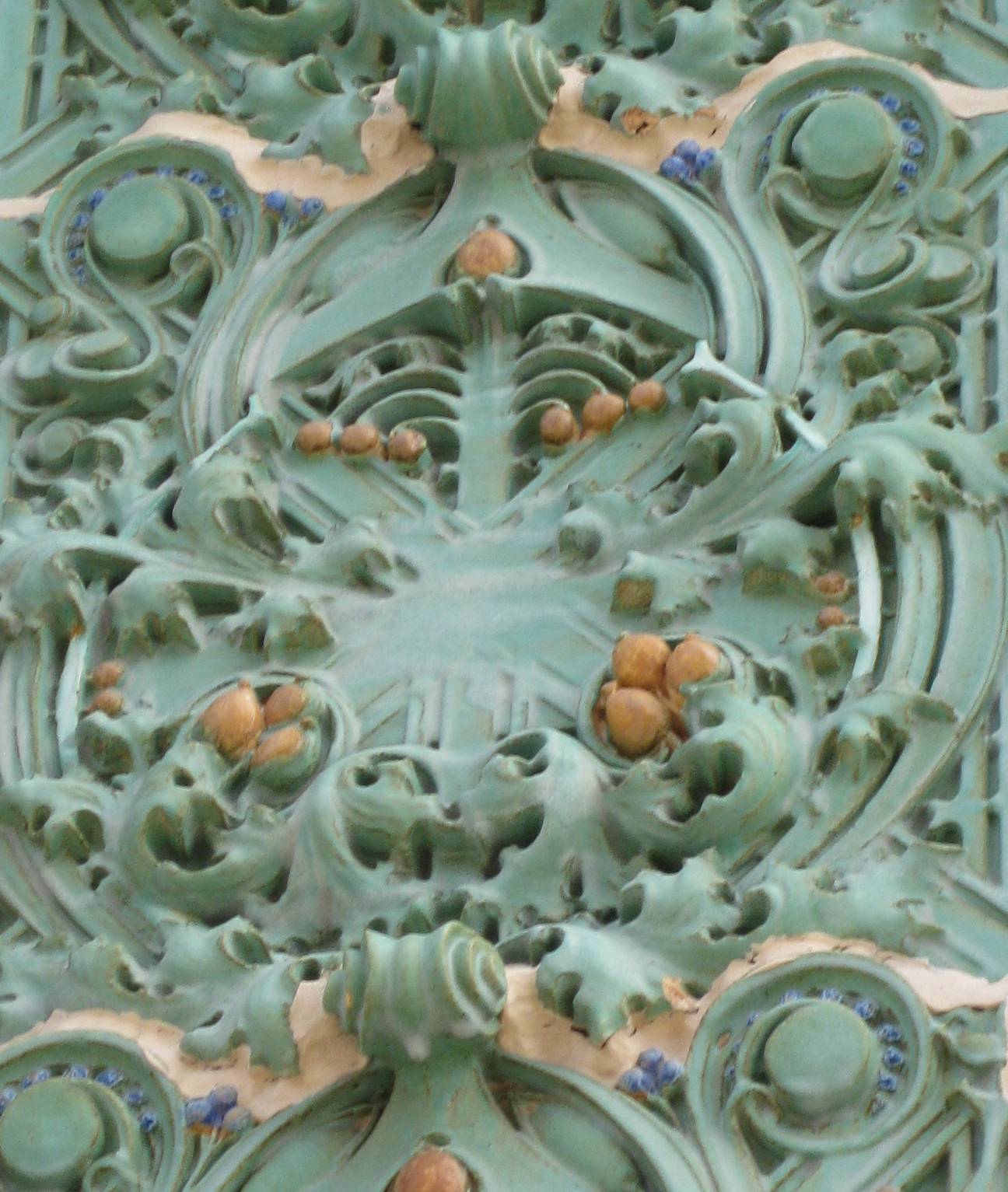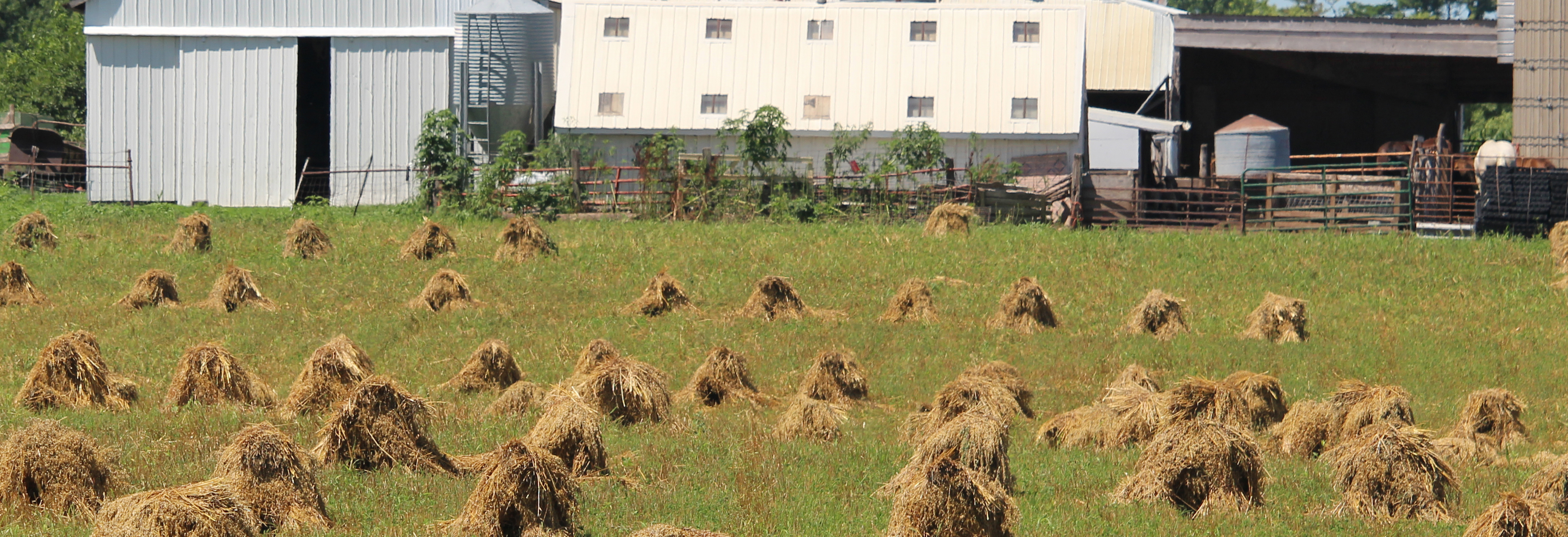Richard Luftig’s book, A Grammar for Snow, offers an extended viewing of the poet’s published work. The title comes from a poem that first appeared in the magazine, Broadkill Review, and here appears on page 32 (rather than as the lead poem) The title, a metaphor for life on the prairie, does call up, in the poem itself, the many names applied there for snow, “A snow that lingers, holds/ on, winter to winter/year after year, longer than we thought we/ever would.” The weather theme, not surprisingly, recurs across the collection, reflected in titles such as “Snow Talk,” “Drought,” “Solstice,” and “First Signs of Spring.” Generally speaking, the poem titles afford good windows on the words to follow, and could be grouped into familiar Midwestern concerns, beside weather; that is: vehicles (e.g., a ’51 Studebaker, semis) crops (e.g., wild plums, pruning) topography (e.g., rivers, land, maps) people (the old couple, mall walking) yards (e.g., clothesline, an old ladder, yard butt) places (e.g., Senior Center, farm auction) The weave makes a loving tapestry, mostly American agrarian and, sometimes, artful in a painterly sense, e.g., Van Gogh, Monet, Seurat appear, as does Buddhist Ink and Brush.

Photo by Jon Andelson
Core Midwestern states—Ohio, Indiana, Illinois, Iowa, Kansas, South Dakota—provide backdrop. Consider the opening poem: “Compromise County, Illinois”—“a land so flat that one/might get lost,” with men “moving out/to cities where they never want it to grow cold.” After we have read the 11 stanzas—each with four lines, running over two pages—we can feel its farm life. The next poem, “Old Car Parade” begins with the aforementioned ’51 Studebaker, and ends with a “‘42 Packard/driven by an old man/playing some old Perry Como love song/only he can hear.” This reader can begin to hear that song, too.
The sentiments are not always so sweet. In the poem, “Along the Ohio,” we encounter towns where “The only occupants/left are bald tires,/rusting oil drums,/broken bottles of High Life.” While this poem goes two pages, the lines are shorter (often 2-3 beats), and the shortness adds to the sense of time running out in these places. Time can be running out for some residents, like “The Old Couple” which lets us know “The old couple down the road/ do not tan in the August/sun…In the morning, they follow the shade/around the yard.” I can just see this couple, who remind me of certain relatives back home again in Indiana, a quintessential portrait.
The poem “Speeding through Kansas” takes a form unlike the others, with very short lines of one or two beats. The lines speed us: “These semis/are prairie/schooners: sailing west.” But then the reader slows down, getting into the rhythm of the road, like reading the old Burma Shave signs: “the towns…/falling in/ fading fast./They hold out/false fronts,/false hopes.” There is also a mood of rushing in “The Last Clothesline in South Dakota,” a title so evocative of leaving, abandoning. “The people here must have been in a hurry, leaving the stained, stuffed sofa on the front porch.” Further, its disciplined five or six beats to the line gives it considerable urgency. This poem resonates with Ted Kooser’s poem, “Abandoned Farmhouse.”
The poem “Returning to Illinois” brings a more light-hearted (heavy-hearted?) theme—Midwestern café food: “I need to return to diners where…meatloaf, mashed potatoes,/gravy, creamed corn all touch the plate.” Here I have to pay homage to the ubiquitous Hot Beef Sandwich, sometimes known as a Manhattan Sandwich (which I can only conclude refers to the Kansas town of that name). When I order my Hot Beef, I follow it with coconut cream pie, at least in Iowa, a state where Luftig encounters Van Gogh in “Speaking with Van Gogh at Three a.m. Outside Kellogg, Iowa,” asking how he “manages to get/his mulberry trees to explode/…[He] says it is like how/corn manages to grow/ straight in rows.” Perhaps because of the explicit incorporation of a famous painter and his painting in this poem, the rhyme scheme does not compare to the other poems in the collection. Further, the stanzas don’t always have the same number of lines (7,6,6,8), whereas virtually all the other stanzas (poem-by-poem) do. Finally, in the first stanza, the lines are noticeably longer than the lines in the other stanzas of the poem.
The poem “it is good” talks about the joys of living in a farmhouse: “it is good/to listen in summer/for the screen door/that shuts with a bang.” Careful craft shows itself here, with the title linking directly to the first line. (Also note that the first word of the title is, intentionally, not capitalized, to emphasize its flow to the opening line). In a prairie farmhouse, one can almost always find a rocking chair. The poem, “An Old Rocker Comes Up at Auction,” then, concerns itself with an actual old rocking chair. ‘This old chair saw it all./ These runners cut from cherry’. These two lines serve as a unique, short stanza in the verse, marking where the essential turn occurs in the poem.
Sometimes Luftig reminds the reader of another Midwestern poet, James Hearst. Compare Hearst’s “In April” to Luftig’s “Waiting for the Parade,” which includes “Five blue-speckled robin eggs appeared/in the aspen outside my window,/the jays in the pines decided/that the family of squatter crows/had to go.” One touted characteristic of Midwesterners involves modesty, much in evidence here in the “ars poetica of Local Branch”: “Having your book of poems appear /at the local library branch/is much like being named/Pork Queen in the festival parade.” Wit surfaces elsewhere in the collection as well. Observe “The Safest Town in Indiana,” with “Just 15 crimes per thousand. The state average is 40…most of us are too tired or old/ to raise much hell any more.”
These well-crafted, down-to-earth poems, 59 in all, give pleasure and pain, touching the heart of the Midwestern experience, as known through living on its farms and in its small towns. Richard Luftig’s book should appear on the shelf next to two other fine Midwestern poets, James Hearst and Ted Kooser.

Detail from frieze on the Louis Sullivan ‘Jewelbox Bank’ in Owatonna, MN. Photo by Jon Andelson


